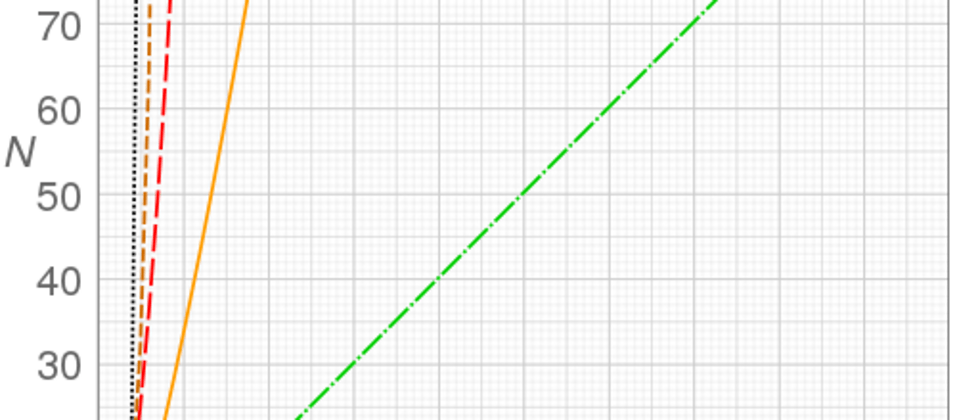Algorithmic complexity
Algorithm complexity refers to the resources required to run the algorithm, including time resources and space resources.
Evaluating the performance of an algorithm is mainly determined by its time complexity and space complexity.
Time complexity refers to how long the algorithm takes to run.
Space complexity refers to the memory size occupied by the algorithm to run.
The lower the complexity the better, the shorter the better. Time is more important than space.
time complexity
The time the algorithm runs.
Time complexity, usually denoted with a capital O, is an estimated complexity measure.
Common algorithm time complexity chart:
O(1) < O(log₂n) < O(n) < O(nlog₂n) < O(n²) < O(n³) < \( O(2^n) \) < O(n!)
O(1): Fastest, constant time, completed in fixed steps, independent of input data n. Try to optimize to this magnitude.
O(log₂n): logarithmic time. is the logarithm of n in base 2. (How many 2s are multiplied to equal n).
log₂2 = 1, log₂4 = 2, log₂8 = 3, log₂16 = 4, log₂32 = 5 and so on.
O(n): Linear time, proportional to n.
O(nlog₂n): Linear logarithmic time, slower than O(n).
O(n²): exponential time, the execution time of the algorithm is n squared.
O(n!): factorial, slower than exponential time.
Time complexity chart of sorting algorithm:
https://blog.csdn.net/weixin_43207025/article/details/114902065
Algorithm Complexity Cheat Sheet:
https://www.cnblogs.com/martini-d/p/fu-za-du.html
Algorithm complexity actual experience:
O(1): the best
O(log₂n): very good
O(n): yes
O(nlog₂n): a bit slow
O(n²): very slow
O(n³): Horribly slow
O(n!): like falling into hell



**粗体** _斜体_ [链接](http://example.com) `代码` - 列表 > 引用。你还可以使用@来通知其他用户。